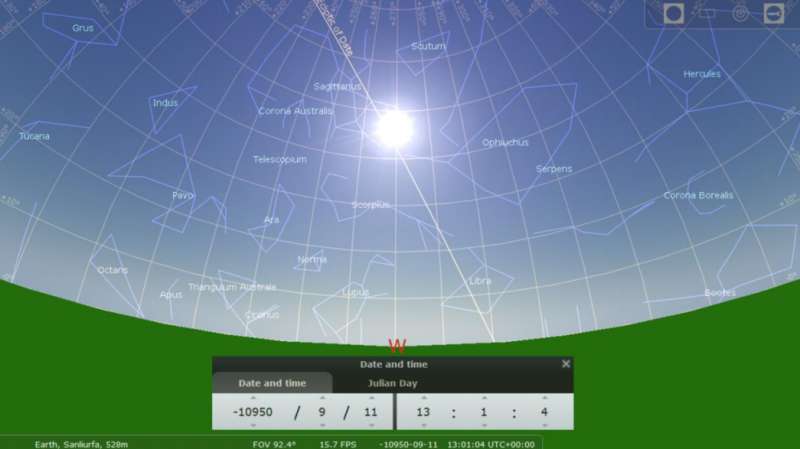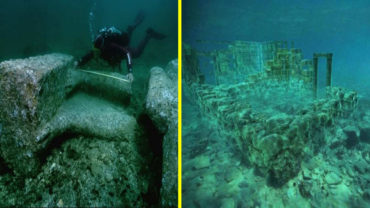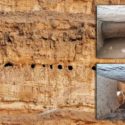Ancient Stone Pillars Offer Clues Of Comet Strike That Changed Human History
(Phys.org)— In carvings on an ancient stone pillar in southern Turkey, a team of researchers from the University of Edinburgh has discovered what they believe to be evidence of a comet striking the Earth at the same time as the Younger Dryas. The research findings were published in the journal Mediterranean Archaeology and Archaeometry.

Previous data from Greenland ice cores suggested that a comet strike may have triggered the Younger Dryas, a 1000 year era of Earth cooling era.
Other evidence also suggests that the cooling period led to the development of agriculture when groups of people gathered to grow crops, which led to technological innovation and social development, a massive leap in Neolithic civilization.
The researchers report evidence on a stone pillar at Gobekli Tepe (the world’s earliest known temple site) that supports the ice core findings that a comet struck the Earth around 10,950 BC.

The people of Gobekli Tepe built the pillar and today looks to have functioned as a commemorating a devastating event- the comet’s collapse and the comet’s remnants crashing into the Earth, resulting in immediate global environmental impact and possible loss of life (A headless human was found on the pillar.)
The scientists used a computer to compare likenesses of the images carved onto the pillar (known as the vulture stone) to see if they could be related to constellations. This study revealed associations between the characters on the pillar and astronomical symbols in the sky for the year 10,950 BC.

The fact that the humans spent the time and effort to carve the characters on the pillar indicates that something significant occurred around 10,890 BC at the same time as the Greenland ice core suggests a comet struck.



